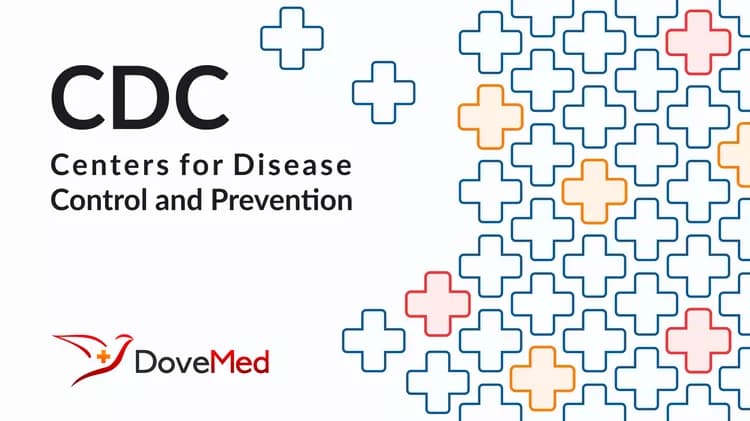
New CDC Study Finds 5.5 Percent Increase in Injury Mortality from 1999 to 2004
New CDC Study Finds 5.5 Percent Increase in Injury Mortality from 1999 to 2004
Increases in deaths among 20-to-29 and 45-to-54 year olds contribute to first overall increase in years
Injury death rates nationally rose more than 5 percent after a two-decade period of decline, according to a study released by the Centers for Disease Control and Prevention in today's Morbidity and Mortality Weekly Report. The report indicates the largest increases were seen in the 20-29 and 45-54 year age groups.
The total injury mortality rate includes deaths from unintentional injury, suicides, homicides, and injuries of undetermined intent. If a death could not be definitively attributed to unintentional injury or suicide, it is considered to be of undetermined intent. Homicide rates remained stable throughout the 1999-2004 period, with unintentional poisonings accounting for more than half of the total increase in injury deaths.
"We're very concerned anytime we see an increase in premature deaths," said Ileana Arias, Ph.D., director of CDC's National Center for Injury Prevention and Control. "We don't know if this is an indication of a trend, but it is something that needs to be further examined."
The 45- to 54-year-old age group experienced the largest increase in injury mortality rates. This group had a 25 percent increase, for an additional 8,000 deaths in 2004. In comparison, the 20-29-year age group had an 8 percent increase in total injury death rates. Unintentional poisonings accounted for more than 50 percent of the increase in each group.
Shared risk factors could contribute to the increase in multiple injury categories and age groups, Arias said. For example, the recent increase in prescription drug abuse during the same time period in these age groups could have contributed to an increase in mortality due to suicide, homicide, unintentional poisoning, and other types of unintentional injury. Prevention programs that focus on such shared risk factors could help reduce the number of injury-related deaths.
"The increase in prescription drug overdoses among the middle-;aged is something that the CDC has noted before," said Len Paulozzi, M.D., a medical epidemiologist at the Injury Center. "We need to explore the increases in other types of injury for which drug abuse is a risk factor in the same age groups."
For this study, CDC analyzed mortality data on resident deaths occurring in the United States, as compiled from death certificates by the National Vital Statistics System.
For more information about unintentional poisoning prevention, please go to www.cdc.gov/ncipc/factsheets/poisoning.htm.
For more information about suicide prevention, please go to www.cdc.gov/ncipc/dvp/Suicide/default.htm.
###
U.S. DEPARTMENT OF HEALTH AND HUMAN SERVICES
Related Articles
Test Your Knowledge
Asked by users
Related Centers
Related Specialties
Related Physicians
Related Procedures
Related Resources
Join DoveHubs
and connect with fellow professionals

0 Comments
Please log in to post a comment.